Who would have thought that Taiwan — just over 100km from China and a few hundred kilometers away from Vietnam, which are the world’s first and second biggest consumers of pangolin scales — would become the last beacon of hope for this imperiled species? In fact, pangolins — from sub-species in Africa all the way down to Indonesia — are the world’s most highly trafficked mammal.
Thought to cure anything from HIV to hangovers, ground pangolin scales and pangolin soup (the photos online are difficult to stomach) are expensive delicacies in Vietnam and China, and the rarer the species becomes, the more it is sought after — because it is going extinct — creating a dreadful vicious cycle propelling the animal into oblivion.
CONSERVATION
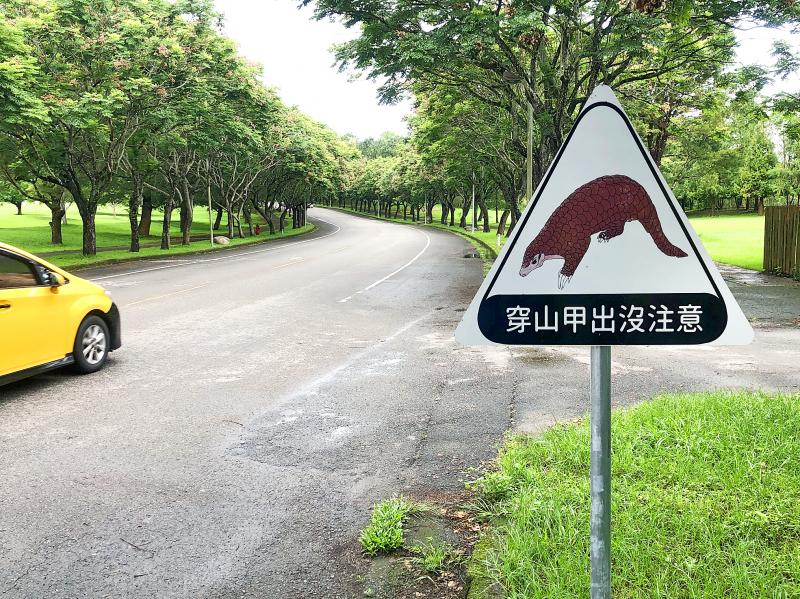
Photo: Tung Chen-kuo, Taipei Times
However, Taiwan’s pangolin populations have recovered from previous hunting campaigns in decades past, and that this scaly anteater-like creature is now somewhat common on the island. Furthermore, pangolin-range countries with dwindling populations of this fascinating mammal (it is its own order in the animal kingdom — Pholidota) were, at least before COVID-19, collaborating with Taiwanese researchers and learning from Taiwan’s success in trying to bring the species back from the brink.
Kurtis Pei (裴家騏), one of the most prominent wildlife conservationists in Taiwan, says that pangolins can now be seen in many rural areas.
“The pangolin is increasing island-wide in the past decades,” Pei says.
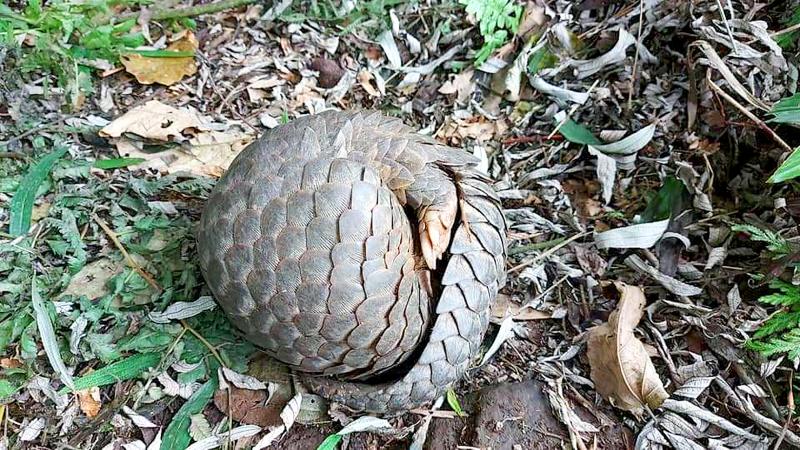
Photo courtesy of You Chao-hung
Pangolins can today even be found in places as popular and populated as Yangmingshan (陽明山國家公園), and even on my own university campus — Chang Gung University (長庚大學) — on the Linkou (林口)/Gueishan (龜山) plateau just south of Taipei, I was stunned when one of my students showed me a video he took one evening of a pangolin scurrying at a nervously fast pace near his dormitory once it realized it had been seen.
This recent record, however, did not surprise Pei, who explained that thanks to legislation and stronger law enforcement than can be found in other countries with pangolins, the species began to recover in the 1970s. One of the major factors in drawing down pangolin numbers in Taiwan in the 1960s was demand for its scales to make leather boots in the US.
There was also local consumption of pangolins, and it still exists today, but on a smaller scale. Taiwan’s pangolins were also exported to China in the past, though this has apparently been mostly stopped within recent years.
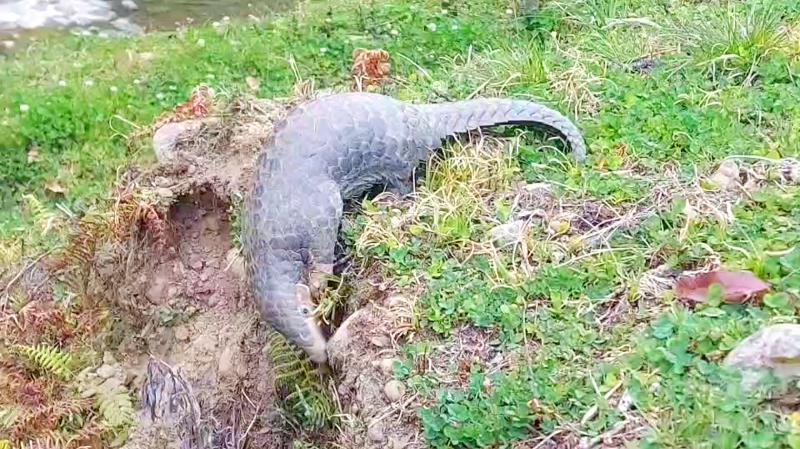
Photo courtesy of Chen Ke-shuo
GLOBAL COLLABORATION
The Formosan Pangolin (Manis pentadactyla pentadactyla) is a sub-species of the Chinese pangolin (Manis pentadactyla), and one of the three types of pangolin found across Asia. Interestingly, it is the only one of the three whose population is expanding. It is difficult to say exactly how many pangolins exist in Taiwan, but the number is thought to be so impressive that it’s best kept a secret.
So great has Taiwan’s success been in recovering its pangolin population that Malaysia’s Universiti Malaysia Sabah coordinated with National Pingtung University of Science and Technology (NPUST), where Pei is a professor, to learn more about how to save the species.
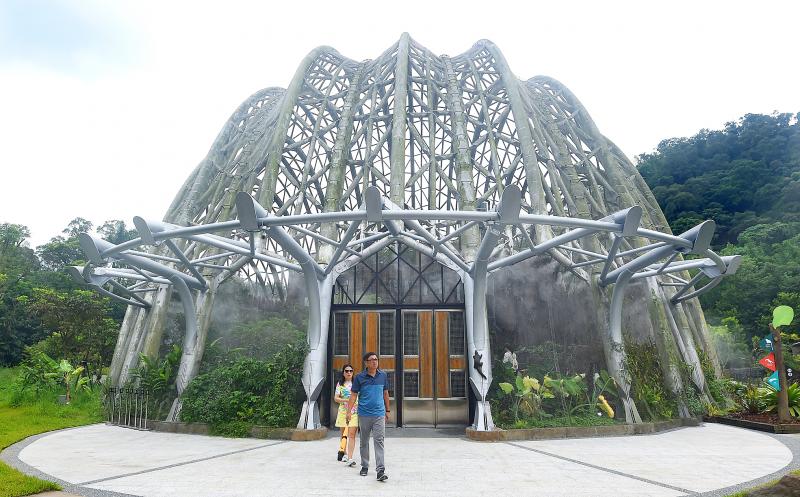
Photo: Liao Chen-huei, Taipei Times
Research teams from Japan, Germany and Hong Kong have also come here to learn from Taiwan’s accomplishments, and before COVID-19, plans were in the works to collaborate with researchers from Africa as well.
Taiwan has also had notable success in rehabilitating rescued pangolins that had been attacked by feral dogs (one of their main threats in the wild), and Taipei Zoo was the first place in the world where a captive pangolin gave birth to a baby — who goes by the name of Chiung Wu.
A winning combination of talented, dedicated researchers (Taipei Zoo has a “pangolin nanny”), better law enforcement, rescue centers such as Taipei Zoo and NPUST’s Wildlife Animal Shelter, as well as government support in the form of Taiwan’s Wildlife Conservation Act in 1989, all add up to produce the surprising story of Taiwan’s pangolin conservation success.
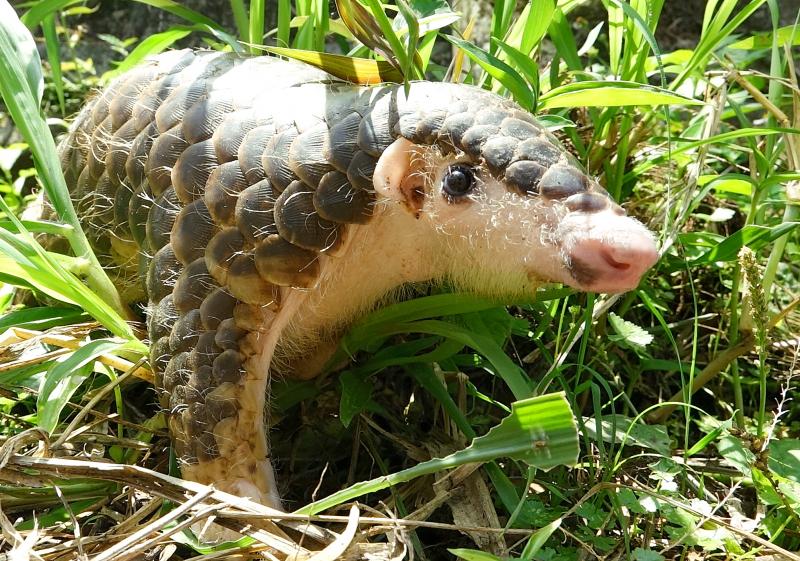
Photo courtesy of the Taipei Zoo
DO PANGOLINS HAVE A FUTURE?
But there is only so much Taiwan can do for the species globally. They are mercilessly persecuted in every country they are found in. The largest ever seizure of pangolin scales happened in China in 2019 with 23 metric tonnes deriving from approximately 50,000 African pangolins. Similar busts have occurred in Hong Kong.
Pangolins have become so rare in Indochina that they are nearly extinct in Vietnam and Laos, with dogs easily trained to find them. It took us over two years to camera-trap one in our survey in Virachey National Park in Cambodia.
Nonetheless, Taiwan is the global exception in pangolin conservation, and if this mysterious, peculiar, wonderful species is to have a future on Earth, Taiwan will play a major role.

That US assistance was a model for Taiwan’s spectacular development success was early recognized by policymakers and analysts. In a report to the US Congress for the fiscal year 1962, former President John F. Kennedy noted Taiwan’s “rapid economic growth,” was “producing a substantial net gain in living.” Kennedy had a stake in Taiwan’s achievements and the US’ official development assistance (ODA) in general: In September 1961, his entreaty to make the 1960s a “decade of development,” and an accompanying proposal for dedicated legislation to this end, had been formalized by congressional passage of the Foreign Assistance Act. Two

President William Lai’s (賴清德) March 13 national security speech marked a turning point. He signaled that the government was finally getting serious about a whole-of-society approach to defending the nation. The presidential office summarized his speech succinctly: “President Lai introduced 17 major strategies to respond to five major national security and united front threats Taiwan now faces: China’s threat to national sovereignty, its threats from infiltration and espionage activities targeting Taiwan’s military, its threats aimed at obscuring the national identity of the people of Taiwan, its threats from united front infiltration into Taiwanese society through cross-strait exchanges, and its threats from

Despite the intense sunshine, we were hardly breaking a sweat as we cruised along the flat, dedicated bike lane, well protected from the heat by a canopy of trees. The electric assist on the bikes likely made a difference, too. Far removed from the bustle and noise of the Taichung traffic, we admired the serene rural scenery, making our way over rivers, alongside rice paddies and through pear orchards. Our route for the day covered two bike paths that connect in Fengyuan District (豐原) and are best done together. The Hou-Feng Bike Path (后豐鐵馬道) runs southward from Houli District (后里) while the

March 31 to April 6 On May 13, 1950, National Taiwan University Hospital otolaryngologist Su You-peng (蘇友鵬) was summoned to the director’s office. He thought someone had complained about him practicing the violin at night, but when he entered the room, he knew something was terribly wrong. He saw several burly men who appeared to be government secret agents, and three other resident doctors: internist Hsu Chiang (許強), dermatologist Hu Pao-chen (胡寶珍) and ophthalmologist Hu Hsin-lin (胡鑫麟). They were handcuffed, herded onto two jeeps and taken to the Secrecy Bureau (保密局) for questioning. Su was still in his doctor’s robes at